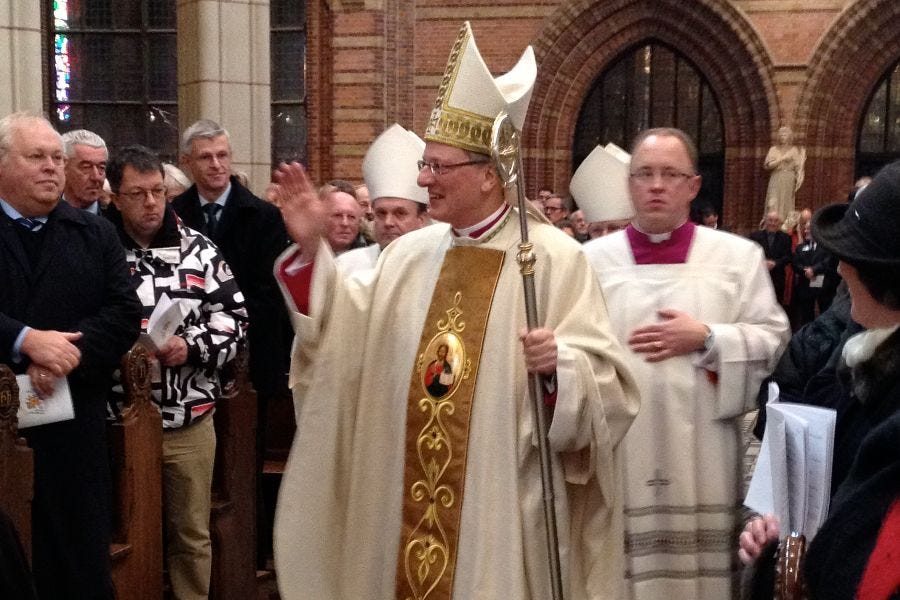Amsterdam diocese: 60% of churches need to close in five years
Almost 100 churches face imminent closure due to dwindling churchgoers, volunteers, and income.

A Catholic diocese in the Netherlands has announced that 60% of its churches need to close in the next five years due to dwindling churchgoers, volunteers, and income.
Bishop Jan Hendricks unveiled the plans for the Diocese of Haarlem-Amsterdam at a meeting with around 90 parish administrators on Sept. 10.
The diocese, which dates back to 1559, covers the…
